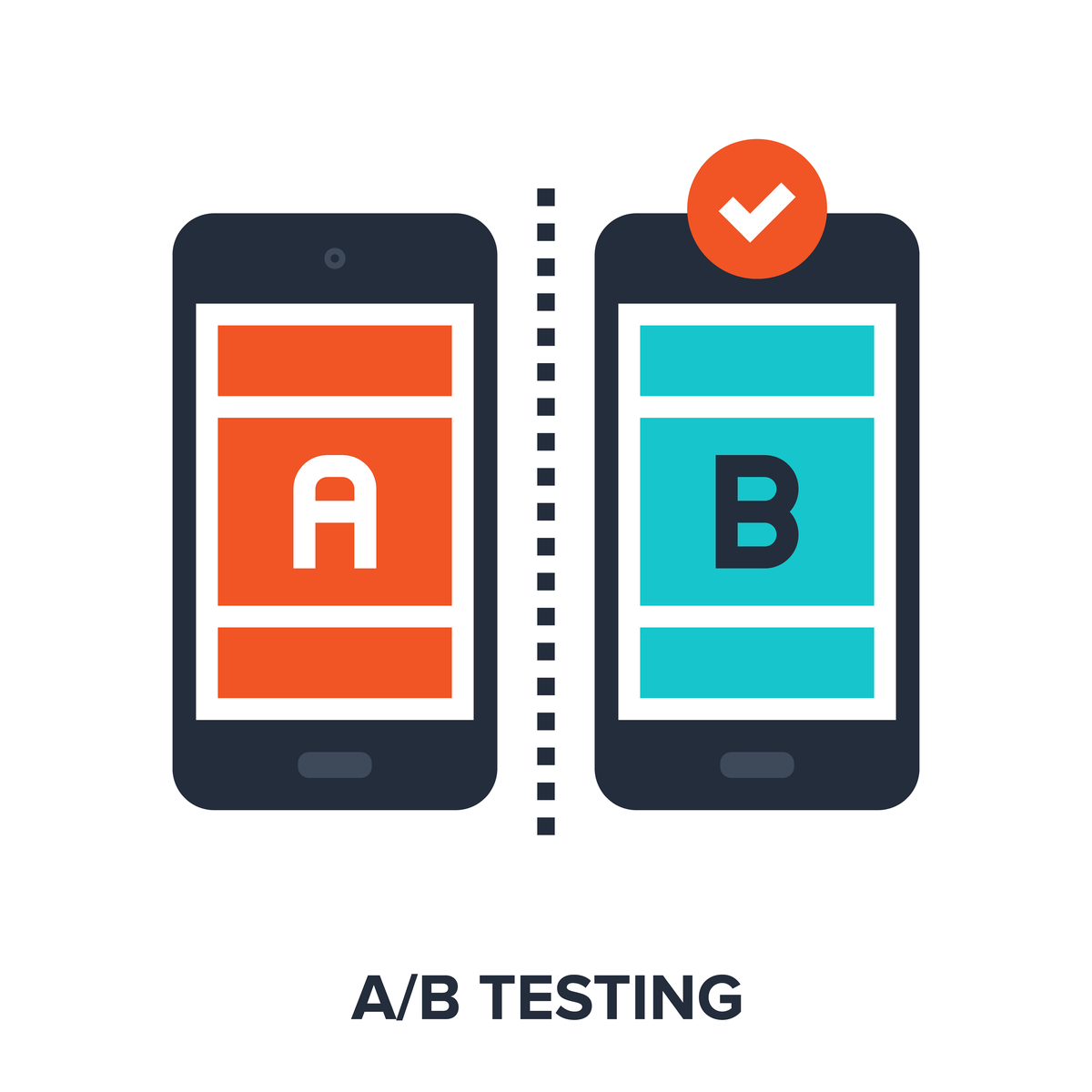Initial A/B test design
Customer Analytics and A/B Testing in Python

Ryan Grossman
Data Scientist, EDO
Increasing our app's revenue with A/B testing
Specific Goals:
- Test change to our consumable purchase paywall to...
- Increase revenue by increasing the purchase rate
General Concepts:
- A/B testing techniques transfer across a variety of contexts
- Keep in mind how you would apply these techniques
Paywall views & Demographics data
demographics_data = pd.read_csv('user_demographics.csv')
demographics_data.head(n=2)
uid reg_date device gender country age
0 5.277e+07 2018-03-07T00:00:00Z and F FRA 27
1 8.434e+07 2017-09-22T00:00:00Z iOS F TUR 22
paywall_views = pd.read_csv('paywall_views.csv')
paywall_views.head(n=2)
uid date purchase sku price
0 32209877 2016-12-04 14:20:49+00:00 0 NaN NaN
1 32209877 2016-12-05 22:17:12+00:00 0 NaN NaN
Chapter 3 goals
- Introduce the foundations of A/B testing
- Walk through the code need to apply these concepts
Response variable
- The quantity used to measure the impact of your change
- Should either be a KPI or directly related to a KPI
- The easier to measure the better
Factors & variants
- Factors: The type of variable you are changing
- The paywall color
- Variants: Particular changes you are testing
- A red versus blue paywall

Experimental unit of our test
- The smallest unit you are measuring the change over
- Individual users make a convenient experimental unit
Calculating experimental units
# Join our paywall views to the user demographics purchase_data = demographics_data.merge( paywall_views, how='left', on=['uid'])# Find the total purchases for each user total_purchases = purchase_data.groupby( by=['uid'], as_index=False).purchase.sum()# Find the mean number of purchases per user total_purchases.purchase.mean()
3.15
Calculating experimental units
# Find the minimum number of purchases made by a user
# over the period
total_purchases.purchase.min()
0.0
# Find the maximum number of purchases made by a user
# over the period
total_purchases.purchase.max()
17.0
Experimental unit of our test
User-days: User interactions on a given day
- More convenient than users by itself
- Not required to track user's actions across time
- Can treat simpler actions as responses to the test
Calculating user-days
# Group our data by users and days, then find the total purchases total_purchases = purchase_data.groupby( by=['uid', 'date'], as_index=False)).purchase.sum()# Calcualte summary statistics across user-days total_purchases.purchase.mean() total_purchases.purchase.min() total_purchases.purchase.max()
0.03460.03.0
Randomness of experimental units
- Best to randomize by individuals regardless of our experimental unit
- Otherwise users can have inconsistent experience
- This can impact the tests results
Designing your A/B test
- Good to understand the qualities of your metrics and experimental units
- Important to build intuition about your users and data overall
Let's practice!
Customer Analytics and A/B Testing in Python

